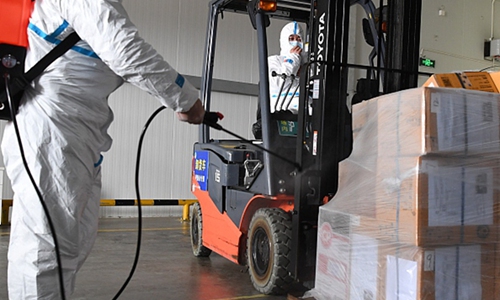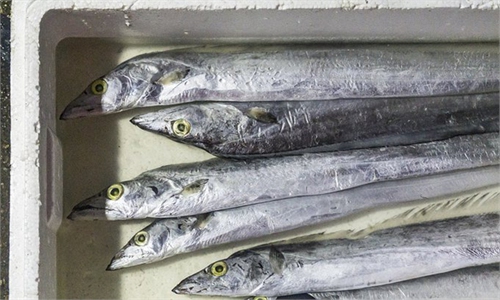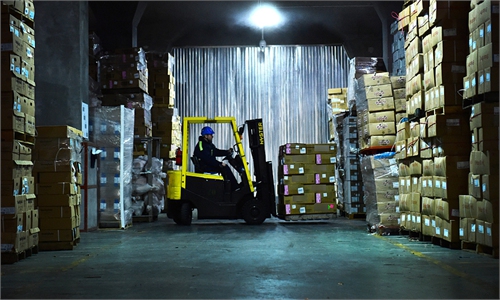LIFE / FOOD
Sharing 'paocai' pictures trends on Chinese social media
Sharing ‘paocai’ pictures trends on Chinese social media
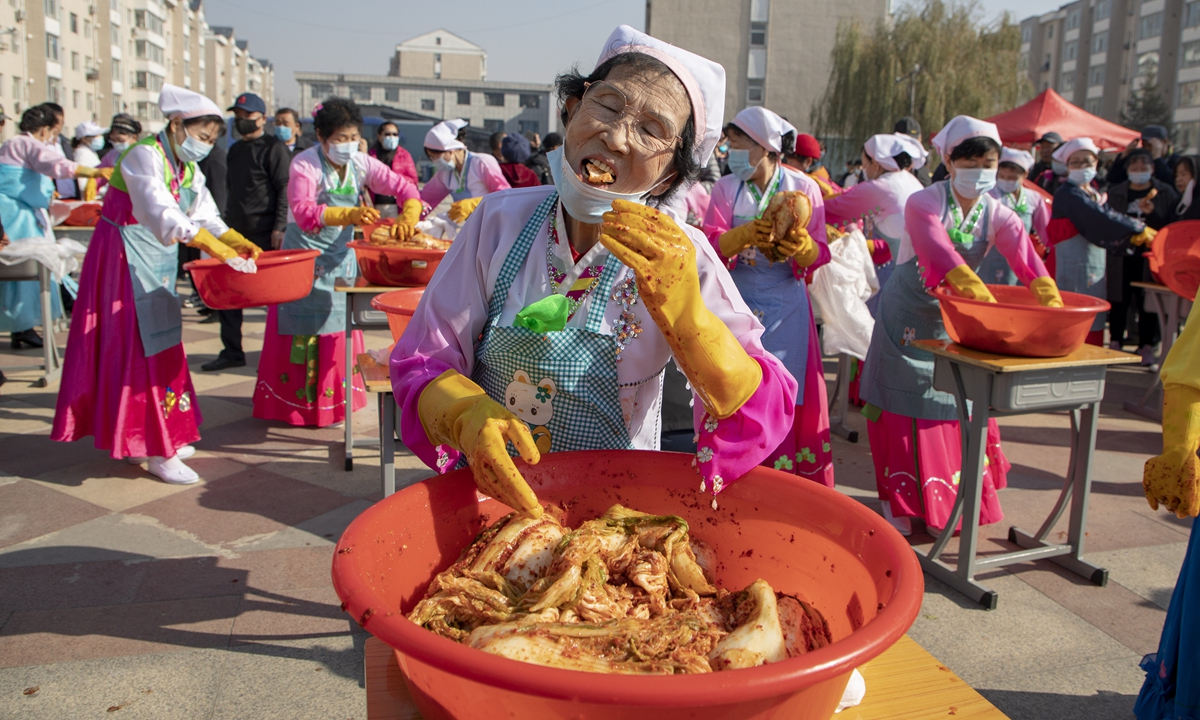
An elderly woman from China's Korean ethnic minority group tastes some hand-made paocai in Northeast China's Jilin Province on October 26. Photo: IC
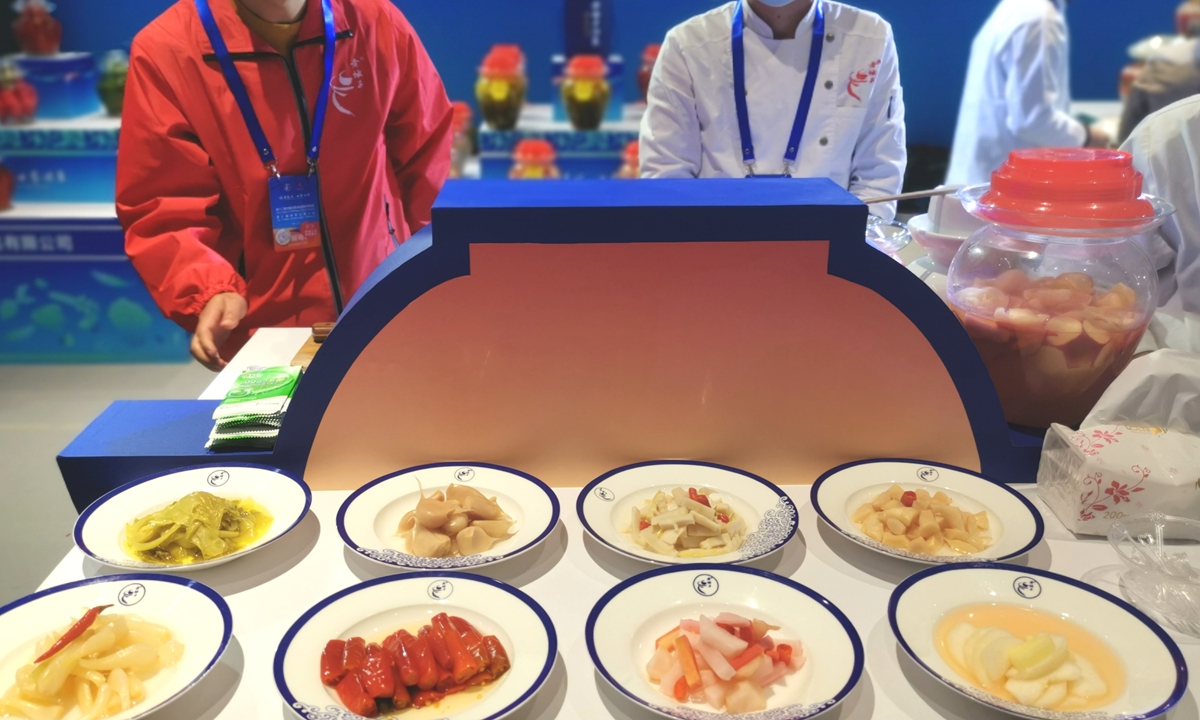
A demonstration of Sichuan-style paocai dishes on November 16 in Southwest China's Sichuan Province Photo: IC
In reaction to anger from South Korean netizens over the ownership of pickled cabbage, Chinese netizens have begun uploading pictures of various pickled vegetable dishes from their hometowns to social media in an effort to show off China's rich pickled vegetable history.
The controversy, the latest in a series of recent cultural clashes between Chinese and South Korean netizens, came after news hit that China had won certification from the International Organization for Standardization for paocai, or pickled cabbage. Confusion quickly arose outside of China since kimchi, or Korean pickled cabbage, is also often referred to as paocai in Chinese.
This confusion in turn ignited a feud with protectors of kimchi culture on South Korean social media, who accused China of attempting to "steal our culture," according to media reports on Tuesday.
To show that kimchi is different from paocai, many Chinese netizens began listing their hometowns' various flavors of pickled vegetables on social media, while commenting that the "bitterness" of South Korean netizens is "unnecessary" and "an overreaction."
"Chinese pickled cabbage, especially Sichuan pickled cabbage is totally different from Korean pickled cabbage in terms of taste and the methods of preservation. And they highly rely on our country's export of napa cabbage to them," one Chinese netizen wrote on China's Twitter-like Sina Weibo.
According to reports, 99 percent of napa cabbage in South Korea comes from China. In the past four years, China has exported about 280,000 tons of Chinese cabbage to South Korea every year.
Among the many pickled dishes in China, the most commonly discussed one has been the paocai from Southwest China's Sichuan Province.
Sichuan paocai can be traced back to nearly 2,000 years ago. According to historical records, the first paocai jars appeared during the Three Kingdoms (220-280) era.
To make the traditional specialty dish, the maker usually put washed cabbage, mustard stems, long beans, peppers, daikon, carrots, and ginger into brine made up of various spices including salt, cooking wine, white wine, brown sugar in a special earthenware jar, where it would ferment for a certain period of time.
Zhong Lan, a 27-year-old woman from Sichuan Province, told the Global Times that Sichuan paocai tastes sour, although different families may have their own recipes that lead to small changes in taste.
"Compared with kimchi, Sichuan paocai can have different kinds of vegetables including ginger, cowpea, white radish, red radish, pepper and so on," Zhong said, adding that kimchi is more similar to pickled vegetable dishes in North China, but according some cooking videos she saw, the cooking methods between kimchi made by South Korean and pickled cabbage made by China's ethnic Korean group are also different.
Another famous pickled dish in China is suancai (lit: sour vegetable). In northern China, suancai is usually made with pickled napa cabbage, while southern Chinese prefer using Chinese mustard greens.
Production of suancai differs from paocai in that the vegetables are compressed. This is accomplished by placing a heavy weight such as a large rock on top of the cover of the container so that the cabbage inside the container is slowly put under pressure as fermentation takes place. This helps to give the dish its distinct flavor.

